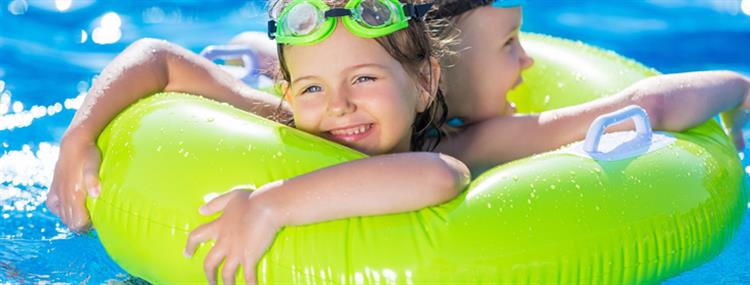Getting Your Pool Ready For Spring

Getting A Swimming Pool Ready For Spring
It’s officially spring in Perth, and after a season of short days and evenings indoors, the days are starting to get longer at last. Of course, once spring has sprung, those of us lucky enough to have pools need to get them up and running for that long-awaited first pool party of the season.
Taking a bit of time now to open your pool for the new season will minimize the maintenance you’ll need to do throughout the summer.
Filters On Covers Off
Experienced pool owners know, it’s not merely a matter of topping it up with water and diving in.
Your first steps towards the grand re-opening are to reattach your filters, clean out your baskets and take out all the plugs you put in when you closed the pool. If you put a winter cover on, it can be done while it is still in place.
When starting your pump for the first time, prime it with water as starting it dry could damage it. Once water is flowing, it means everything is in order.
Backwash And Clean
Next, your filters will need some attention. Different types of filter require specific cleaning routines. If your filter has a cartridge, you can remove it and hose it clean. Sand filters are self-cleaning – just change the setting to backwash, and when the sand is clean, re-set to normal. Diatomaceous earth (DE) filters need to backwash, then be taken apart to be cleaned and topped up according to your manufacturer’s instructions.
Once the filters are back in operation, you can top up your water levels.
The Science Bit
The next step is testing your pool’s water. Dip your testing strips in the pool to check the chlorine and PH balance and alkalinity of the water.
Chlorine should be from 1 and 3 parts per million, and you’re aiming for pH levels of between 7.2 and 7.4. If your pH is too high, add sodium bisulphate, too low, and you can add soda ash.
Your alkalinity needs to be between 80 and 120. You can increase it with sodium bicarbonate or decrease it with muriatic acid. Get your alkalinity right, and your pH levels will stay consistent too.
The calcium hardness of the water depends on whether you have hard or soft water and should be between 150 and 250 parts per million. You can adjust your pool’s calcium hardness using calcium chloride.
Now Wait
Once your chemicals are added, sit and wait for a while. The water won’t be clear yet, and this can take about a week. While you wait, clean the filter daily, and add chlorine if needed.
When the water is totally clear, you can remove the pool cover, let it dry completely, then put it away until the end of the season. Clear out leaves and debris from the bottom of the pool with a vacuum. Then you’re ready to swim!
Factory Pools Perth has a range of affordable, fibreglass pools for your budget, which are all covered by a lifetime structural warranty. They’re made in Western Australia, and our services can include installation and landscaping, so pay a visit to one of our showrooms today and look at our vast selection of pools.

